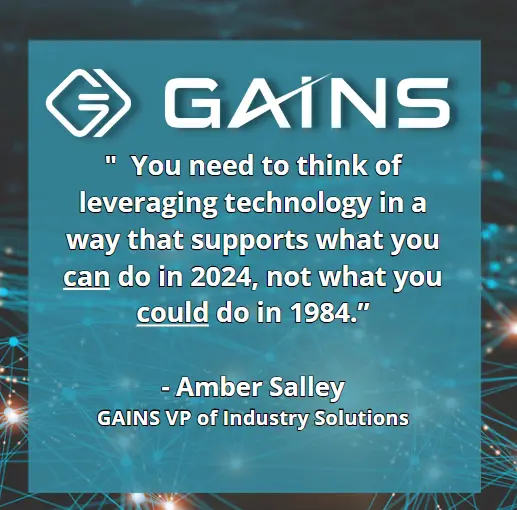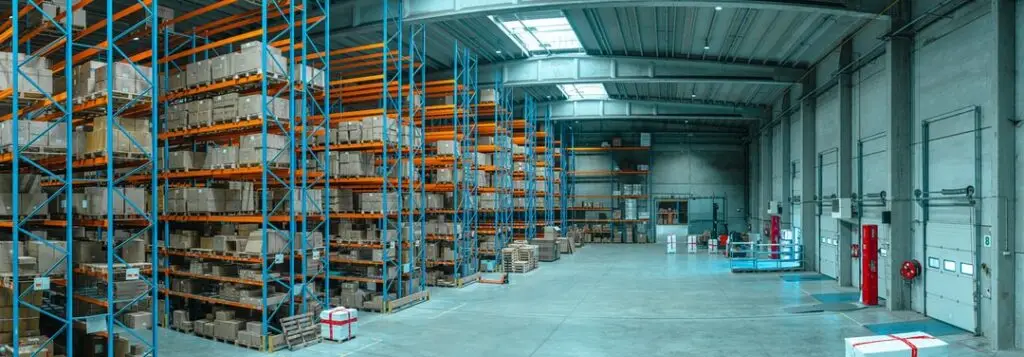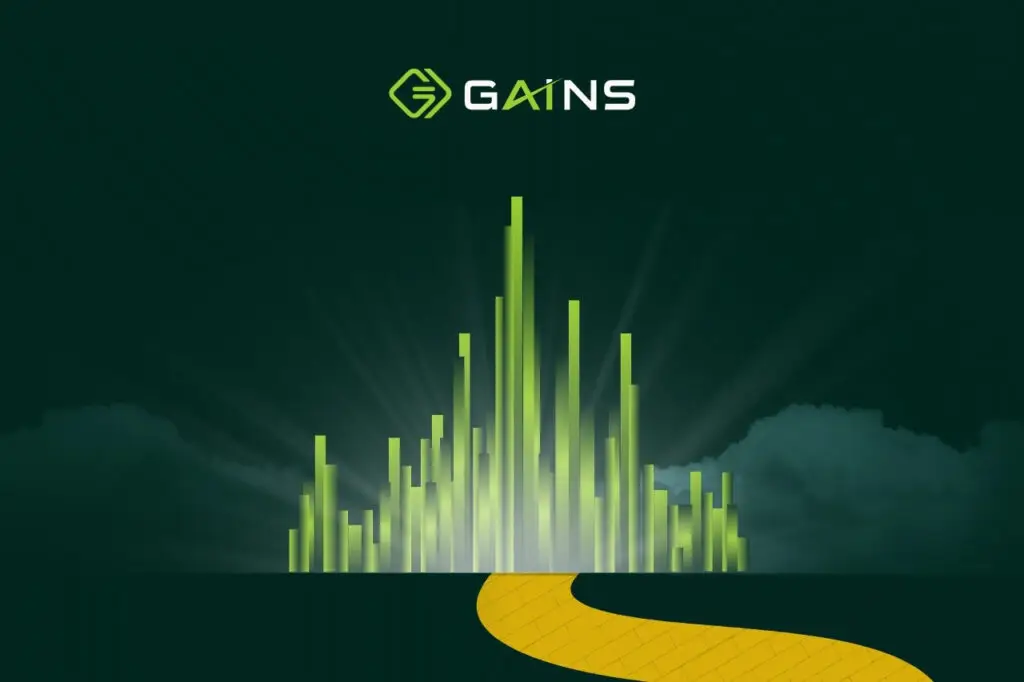Coined in the early 1900s, the term “supply chain” recalls a bygone era when products moved easily from one place to the next, a time that conjures up images of rosy-cheeked uniformed deliverymen driving Clydesdales through the snow in a Super Bowl ad. Sadly, that idea of supply chains is as outdated as predictable demand and stable lead times. The truth is that today’s supply networks are more web-like, intricate, tangled, and messy. So why do we keep calling it a supply chain?
Outdated thinking.
Why “Supply Chain” Doesn’t Cut It Anymore
When you think of a chain, you think of links connected in an orderly sequence—simple, linear, predictable—conditions far removed from the uncertain, volatile environment we work in today, where suppliers, manufacturers, distributors, and customers are spread worldwide. Take a moment to think about it: Your suppliers have suppliers who have their own suppliers. Each “link” of your supply chain is a company operating independently, using its own software, own models, methods, and philosophies.
The flow of goods and materials is anything but a linear “chain” — more like a tangled spider web, with intersecting connections and dependencies everywhere. It’s time we call it what it is: a “supply web.”
More than semantics, it’s a shift in how we should view our supply networks.
So, What’s a Supply Web, Anyway?
Imagine a spider web— complex and intricately connected; instead of a straight line, each point intersects with multiple others. Any move you make can ripple through your entire network, affecting suppliers, distributors, and customers in ways that aren’t immediately obvious. As Paul Barris from GAINS partner Envista sums it up: “You pull one little thread that you didn’t necessarily realize where it was connected, and all of a sudden, you have a cascading effect.”
The web’s interconnected nature makes it powerful, resilient—and challenging.
How Did We Get Here?
The shift didn’t happen overnight. Historically, supply chain management was all about efficiency, getting products from point A to point B quickly and at the lowest cost possible. It served us well; we could rely on basic tools—spreadsheets, phone calls, and old-fashioned intuition. As business expanded globally and technology advanced, things became more complicated. Multiple suppliers and stakeholders are introduced, each presenting their unique quirks, risks, and timelines. Older linear models just couldn’t keep up.

Driven by fear of being left behind more than strategic foresight, organizations rushed to install massive, all-encompassing systems promising to integrate every aspect of the supply chain, offering the siren song of streamlined processes and a single source of truth. However, instead of solving the complexity problem, monoliths frequently compound it, locking organizations into rigid frameworks struggling to keep up with rapid change. Many realize too late, and after several years and thousands of dollars spent, that monolithic supply solutions often lack the agility needed to adapt to modern complexities.
Struggling to Keep Up
Monolithic ERP systems may have been cutting-edge during the Clinton Administration, but companies need to move beyond outdated tools and embrace the composability new technology brings. You can’t (successfully) manage a supply web with spreadsheets and a static ERP system. You need tools that are flexible, agile, and capable of handling real-time data.
As Amber Salley, VP of Industry Solutions at GAINS, puts it: “Most technologies were built for a way of working that’s 30 years old. In today’s fast-paced environment, that just doesn’t cut it anymore. You need to think of leveraging technology in a way that supports what you can do in 2024, not what you could do in 1984.”
The Key to Navigating Uncertainty: Composability
In a world where uncertainty is the only constant, composable supply chain solutions provide the flexibility needed to thrive. Companies can quickly configure their networks, adjust plans to changing circumstances, scale operations based on demand, and seamlessly integrate new technologies as needed. By embracing a composable way of thinking and leveraging the right strategies, companies can create a resilient, responsive network ready for whatever the future holds. As Paul Barris emphasizes, “When you’re dealing with a supply web… having the ability to adapt to disruptions—quickly and seamlessly—is what sets successful businesses apart.”
GAINS and Partners Are Leading the Shift
GAINS and its partners offer an updated approach to planning using modular, composable solutions, allowing companies to build and adapt in real-time. This empowers businesses to make incremental changes and stay connected, agile, and resilient in the face of constantly changing conditions without the need to “rip and replace” their current solution. The complexity of a modern supply network requires a fundamental shift in approach and the integration of technologies like AI, machine learning, and real-time data analytics.
With the support of GAINS’ advanced analytics, unparalleled experience, and deep insights, companies can forecast potential risks, run real-time scenarios, and plan for multiple outcomes before they impact operations. Whether integrating new suppliers, adjusting procurement strategies, or reacting to challenges, composable solutions provide the flexibility to pivot without breaking stride.
Shifting from reactive to proactive supply chain management defines an organization’s future success.
Resilience for the Future
Companies that embrace the adoption of composable solutions thrive in an unpredictable world. With GAINS and its partners, businesses have the tools and guidance to manage complexity, navigate uncertainty, and build a flexible, resilient supply web for the future.
The future belongs to anti-fragile supply networks that can thrive in uncertainty. The ability to create, adjust, and fine-tune different components of a supply web on demand is key in staying competitive for years to come. GAINS composable solutions are built with that future in mind. Businesses are no longer required to overhaul their entire systems to weather uncertainty. Instead, they can make precise, strategic adjustments and move forward faster.
Listen to The GAINS ON: Podcast to hear more from Amber and Paul, discuss the interconnected nature of supply chains, and discuss the struggles organizations face in keeping up with ever-changing technology.
Contact GAINS for a free software assessment today.
Listen to the full podcast here:
Additional Reading
5 Key Elements of a Composable Supply Chain



